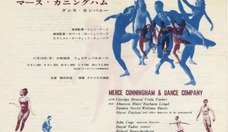Tokyo Memories of Rauschenberg
These two texts, one by a well-known artist, the other by an eminent critic—both Tokyoites—, first appeared in Japanese in 1963 and 1968, respectively. Each provides a colorful account of interactions between artists from Tokyo and New York in the ’60s, and both present Japanese reflections on American art at that time. Here the texts…
